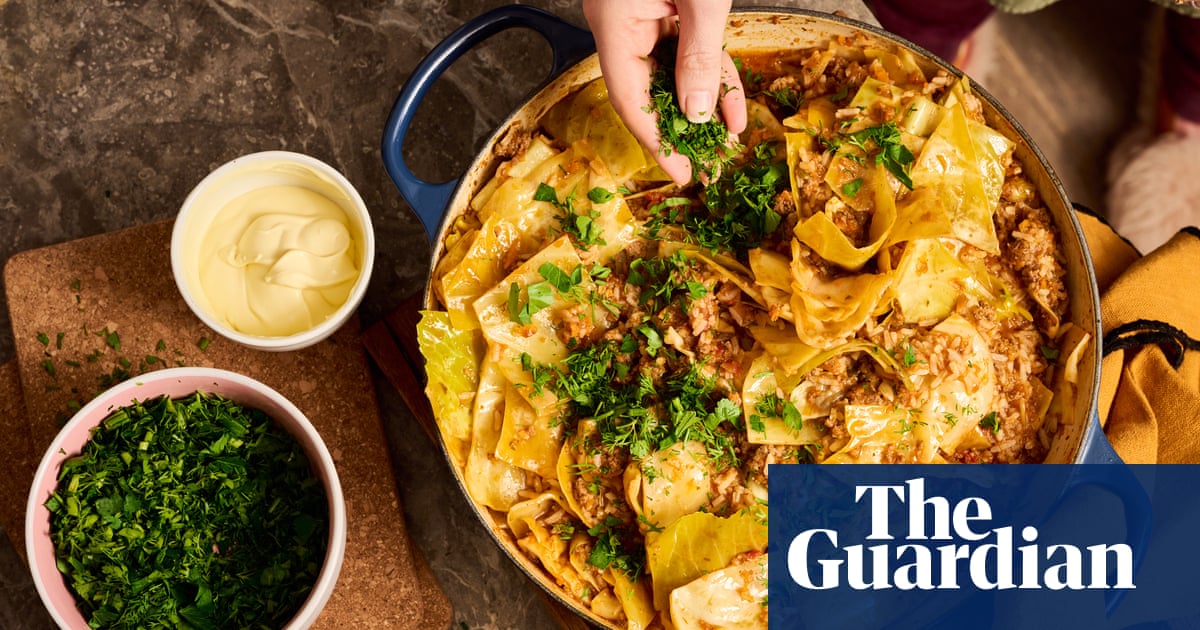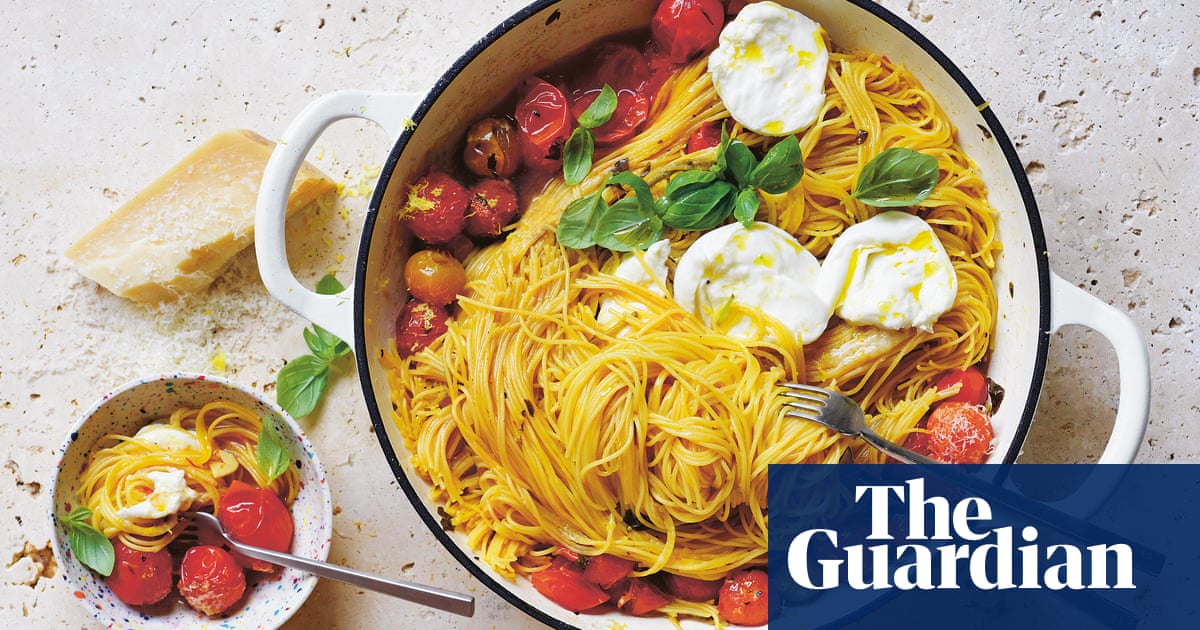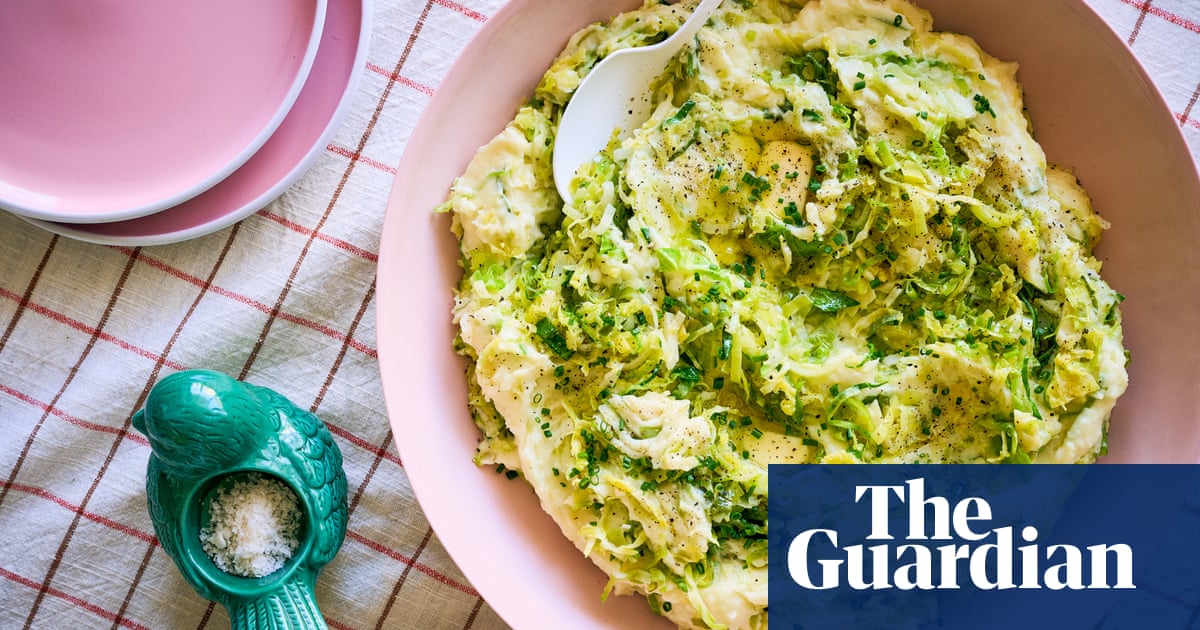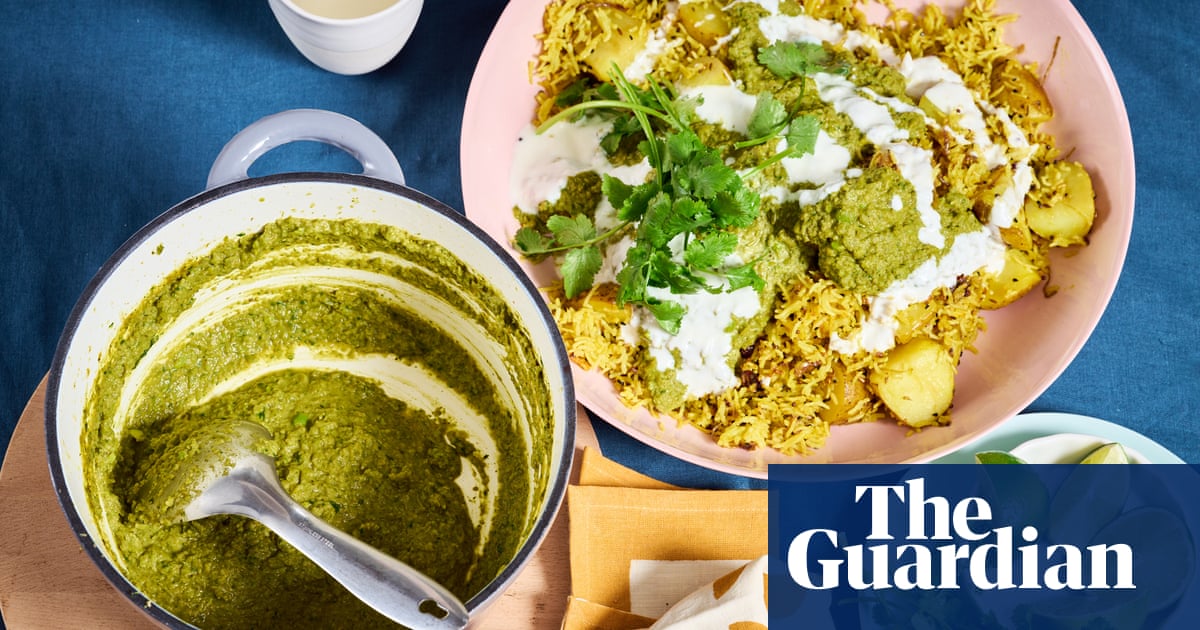
A cabbage head is the Hydra of veg – no matter how much you use, it seems like more head is always growing.
But that same quality gives the vegetable exponential potential, especially now while grocery shelves are cabbage-rich, and wallets less so.
Know your cabbage
Round cabbages are either green or white, depending on the soil, with the green variety more peppery in flavour and the white milder. They are interchangeable in cooked cabbage recipes, as the bitter flavour of chlorophyll in green cabbage mellows with heat.
Frilly leafed savoy cabbage behave similarly and have an even milder flavour. Red cabbage, on the other hand, is earthier, retains its deep purple hue when cooked and can be a dramatic addition to coleslaws.
Raw sugarloaf cabbage is much sweeter, while wombok (otherwise known as Chinese or napa cabbage) has juicy leaves and finer fibres. If you’re substituting it in place of other cabbage in soups or braises, halve the cooking time.
Sign up for the fun stuff with our rundown of must-reads, pop culture and tips for the weekend, every Saturday morning
Don’t overcook it
Though you’ll sometimes find cabbage wrapped in plastic, the outer leaves are nature’s clingwrap. If you buy it whole, strip off the outer leaves and the inside is good to go without fussing about with washing.
Feel free to use the outer leaves too – but note they’re the strongest-tasting and most fibrous so need to be cooked longer or used as a “lid” for kraut. You’ll also need to wash them well.
To reduce the fibrous texture, slice the leaves against the grain, similarly to how you’d slice secondary cuts of meats for stews and braises.
And remember: the longer the cooking time, the lower the cooking temperature. Blanch it quickly, sauté it swiftly, braise it slowly, or let residual heat do its magic (like in my shchi). But if you overboil (and under-season), you’ll confront the most flatulent cabbage cliches.
How to use it up
If you’re in possession of one head, make okonomiyaki. And if you have two and a bit of time, make kraut. You should see results within days and reap the benefits for months, like my forebears did in eastern Europe.
Chefs, too, have become cabbage patch kids, creating flashy dishes from the humble head – such as fancy roasted cabbage.
To try at home, crank your oven to 200C (180C fan). Place an oven-proof pan over a medium-high heat, rub a quarter cabbage with oil and char for six to eight minutes each side, until lovely and blackened (weigh it down with something heavy to maximise its contact with the pan). Splash a couple of tablespoons of soy sauce over the cabbage, letting it trickle between the layers, then carefully shape some foil around the cabbage (wear oven mitts to protect your hands). Whack the pan into the oven for 20 minutes with the foil on, then remove the foil and roast until the cabbage has softened – usually around five minutes. Serve with an extra splash of soy sauce.
But the king of cabbage dishes from my neck of the woods is the cabbage roll, where sweet and tender leaves coddle a parcel of rice and meat, braised in rich tomato sauce. It’s no wonder they’re called golubtsi (little pigeons in Russian) – they nestle against each other in the pan.
But ain’t nobody got time for rolling when it comes to midweek meals. Enter: the unrolled cabbage rolls.
One-pan unrolled cabbage rolls – recipe
To make this recipe meat-free, substitute the beef with a plant-based mince, marinated tempeh or blitzed-up mushrooms.
If you are using meat, cook the mince as one big burger patty. It will be juicier and you can whack it on and let it sear, stir-free, while you get on to the mirepoix. And it’s a midweek mirepoix – so instead of chopping, you just blend in a food processor. (The whizzed-up paste will also cook faster.)
While the meat and veg are getting friendly, you can get on to the rice. If you are making from scratch, two cups of cooked rice is equivalent to three-quarters of a cup of uncooked grains. Otherwise, use leftover cooked rice or a microwave rice pouch – even brown rice will do.
To cook your cabbage not-rolls, a Dutch oven or a wide 32cm, heavy-bottomed pan with high sides works best. You’ll be surprised by how much the cabbage cooks down so don’t be afraid to load it up with raw sheets then watch them wilt into the sauce.
Serves 4 to 6
Olive oil, to sauté
500g beef mince
1 brown onion, roughly chopped
1 carrot, roughly chopped
1 stick celery, roughly chopped, plus celery heart leaves (optional) for garnish
4 cloves garlic, peeled
½ bunch each of dill and parsley, leaves and fronds reserved, stalks roughly chopped
¼ cup tomato paste
2 tsp sweet paprika, plus extra for sprinkling
1 tsp sugar
1 x 400g tin whole peeled tomatoes or cherry tomatoes
500ml beef, chicken or vegetable stock
750g white, green or savoy cabbage (either ¼ of a large head, or half of a small head), core and outer leaves removed
2 cups cooked rice (250g)
Sour cream and extra-virgin olive oil, to serve
Heat a large Dutch oven or heavy-based wide pan with high sides over a medium-high heat and pour in a large glug of olive oil. Add the mince and spread it flat over the base of the pan as a large “patty” and let it sear. Once browned on the bottom, flip it over and break it up with a wooden spoon, stirring until cooked through.
While the mince is searing, in the bowl of a food processor add the onion, carrot, celery, garlic and dill and parsley stalks. Process until finely chopped, occasionally scraping down the sides of the bowl.
When the mince is cooked through, add another glug of olive oil and the vegetable mixture and sauté for 10 minutes still on medium-high heat, stirring occasionally.
Stir through the tomato paste and paprika and sauté until the mince and vegetable mixture is a uniform shade of burnt amber. Add the sugar and tinned tomatoes (slosh in some water into the tin to rinse out the remaining tomato juices into the pan). Pour in the stock and bring to a boil, uncovered. Taste and add salt and pepper if needed.
With your knife pointing towards the core, chop the cabbage into 2.5cm wedges (see photo above), then into fork-friendly rectangles, approximately 3 x 2cm. Stir the cabbage rectangles through the sauce in the pan and return to the boil. Lower the heat and simmer for 10 minutes, then stir the cooked rice through and simmer for a further five minutes. (After this cabbage will continue cooking in the residual heat, so if it still has a little bite, don’t worry.)
To serve, roughly chop the dill fronds and parsley leaves and stir most of them through the pan (set some fronds and leaves aside for the garnish). Top with sour cream, a drizzle of extra-virgin olive oil and a sprinkle of paprika, salt and pepper, and garnish with remaining dill fronds, parsley leaves and celery heart leaves (if using).












